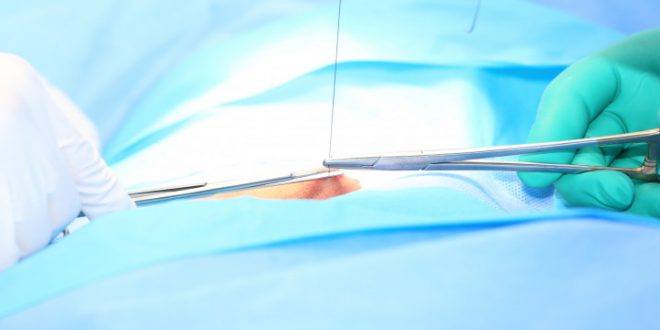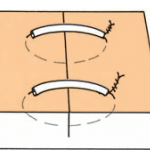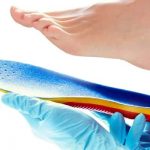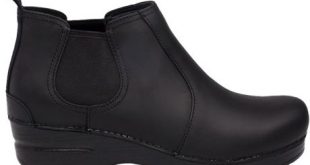A survey by the Nevada Board of Nursing in 2012 showed that 50% of states have no policy on suturing by nurses. 18% prohibit suturing by nurses, 24% allow sutures by Registered Nurses (RNs), while the remaining 18% only allow suturing by first assistant nurses.
Globally, nurses are involved directly with patients and act as advocates. A nurse is always at the forefront in any healthcare setting, ensuring that patients have a humane experience within their legal rights during treatment. Information obtained by the nurse helps other caregivers like physicians to make more informed analyses.
Nurses practice their professional duties under standard code, set by the Board of Nurses, varying by country. Stitching is not within the general nursing scope; hence it is not allowed to be conducted by nurses.
The roles of professional nurses keep evolving, with changes in where a nurse can work from and technology to make nurse care more accessible.
Part of a nurse’s job is to assess wounds to identify ways to prevent infection and promote healing.
Before initiating surgical procedures, nurses should check with local state law to prevent withdrawal of their licenses for breaching code.
With nurses taking more responsibility, we examine if they can do stitches.
Why Wouldn’t a Nurse Stitch?
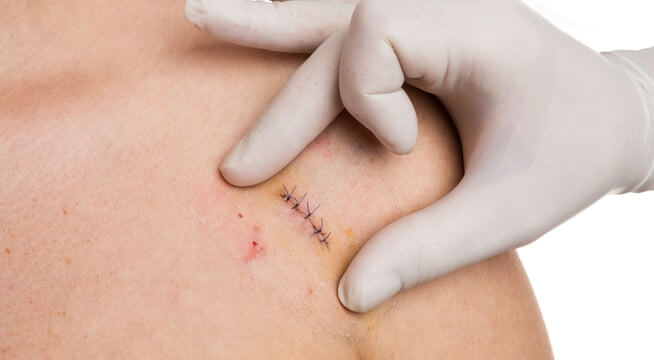
Despite being thoroughly trained for their jobs, most registered nurses do not get surgical training.
Only Medical Doctors (MDs) can bill stitches in most facilities, meaning that ifan advanced practice nurse does sutures, the facility has to offer them free. This policy works against the income-generating aspect of any healthcare facility. It is hence preferred for MDs to stitch.
Can Nurses Suture?
Typically, nurses are trained and allowed to remove stitches, while stitching remains debatable. There are countless instances where military corps, med-techs, paramedics, and medics do stitches, but sporadic cases of nurses doing stitches.
Suturing requires you to know how to stitch, what needle to use, accompanied by what material. It is not acceptable for a nurse to suture in the US, except for Advanced Practice Registered Nurses (APNs). The standard RN license does not allow you to suture.
Who are APNs?

Advanced Practice Nurses undergo additional training, earning either a Masters of Science in Nursing or a Doctor of Nursing Practice. They are qualified to do more complex medical procedures than RNs. The functions include issuing select medical prescriptions.
APNs only get to practice their additional qualifications under supervision. The supervisor takes responsibility for all actions they authorize and direct. Advanced Practice Nurses include Clinical Nurse Specialists and Certified Nurse-Midwives.
| Title of APN | Description |
| Certified Nurse-Midwife (CNM) | Assists in delivery, prenatal and postnatal care for the mother and baby. |
| Nurse First Assistant (NFA) | Assists surgeons during surgical procedures. |
| Certified Nurse Anaesthetist (CNA) | The CNA is an APN who gives and monitors anesthesia during surgery. |
| Clinical Nurse Specialist (CNS) | A CNS is a nurse certified for specialized treatment like physiology, providing expertise and support to nurses attending to patients. |
| Certified Nurse Practitioner (CNP) | CNP is an accredited nurse providing specialist patient care to varying populations to prevent disease and manage health. |
Under What Conditions can APNs stitch?
- Some Emergency Departments (EDs) include wound assessment and stitching in the standard competencies of all nurses. In such a setting, all nurses can clean and close a wound.
- Certified Nurse-Midwives can repair episiotomies – cuts made to the vaginal opening to facilitate birth- during labor. Stitching episiotomies is an essential part of their job description.
- In remote areas, nurses have to get training to do stitches. They must be skilled because the community cannot access doctors in those healthcare facilities, apart from rare visiting specialists. The nurses, therefore, have an extended scope. They address a broader range of patient concerns, which could include stitching.
- In the Operating Room (OR), the first assist, under supervision, may close for the surgeon, and the same can happen in the field.
What Wounds Can APNs Stitch?
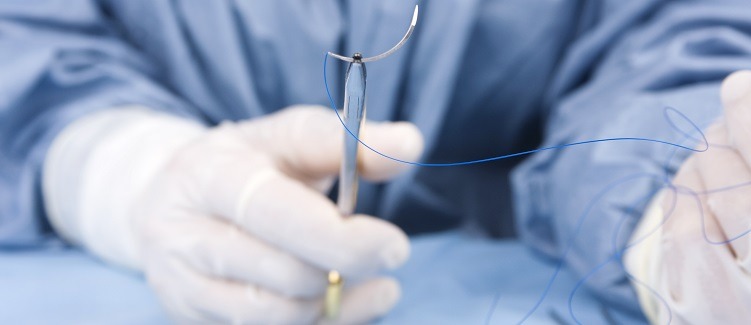
When nurses demonstrate competency after training in stitching wounds, they are allowed to suture under supervision, within limits in the size and scope of the subject wounds.
Single-layer Closure
Single-layer closure is a common suturing practice in the ED for wounds in the arms, feet, trunk, and scalp. Nurses can only stitch skin. A nurse cannot stitch wounds with subcutaneous tissue or muscle open. Single-layer closure uses one suture material and involves few sutures; hence is a fast procedure. It is not for application to wounds on the face.
Open for Less Than 24 hours
Wounds exposing blood should get sutures within 8 hours after injury. They should not stay open for more than 24 hours. The longer a wound is left exposed, the higher the risk of infection. Stitching within24 hours minimizes the probability of bacteria and other pathogens leading to infection and sepsis.
Not a Bite Wound
Generally, bite wounds on humans have a high risk of infection and should not get sutures unless they are on the face or the ear. Sometimes, the bites can be deep or puncture wounds, requiring specialized treatment and care. Nurses must not attend to bite wounds of any nature.
Can Nurses Remove the Stitches?
When stitches have served their purpose, they must be removed, save for the dissolvable types, which decompose naturally in the body. Under the guidance of a physician, all nurses can remove sutures from a wound, even when they are not qualified to stitch. At this point, the nurse and the physician analyze the injury to determine if it has adequately healed for suture removal. After the analysis, the task belongs to the nurse, who follows the procedure she receives. Suture removal procedures vary from hospital to hospital and are strictly followed.
Conclusion
The scope of work varies by state laws set by specific nursing boards. Generally, stitching is considered a minor surgical procedure done by MDs rather than nurses. With training and competence, nurses can stitch under supervision. Regardless of the conditions, a nurse’s primary commitment is to the patient’s best interests.
 Nursing Trends
Nursing Trends
